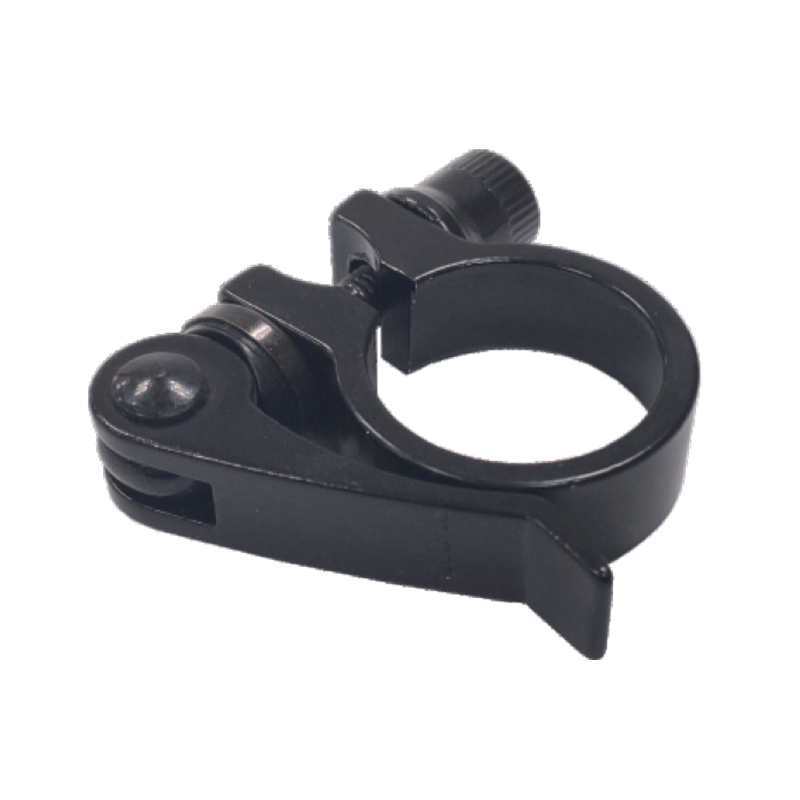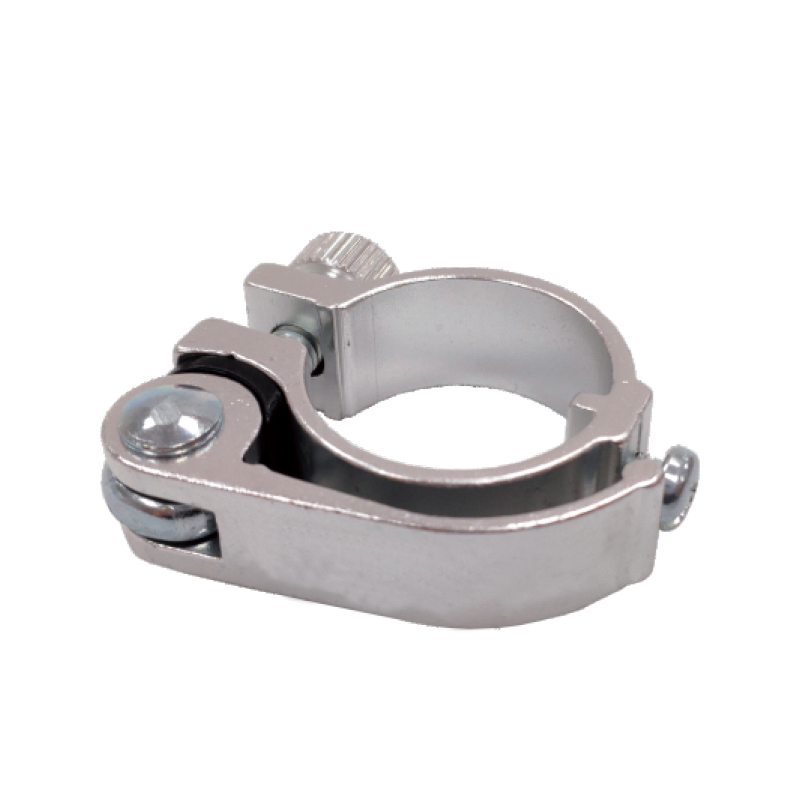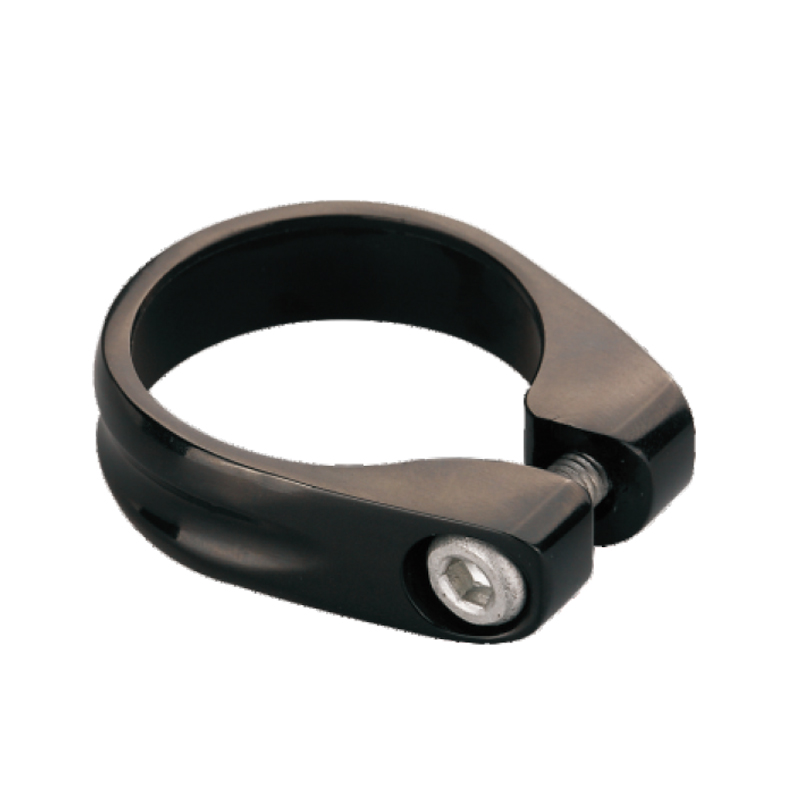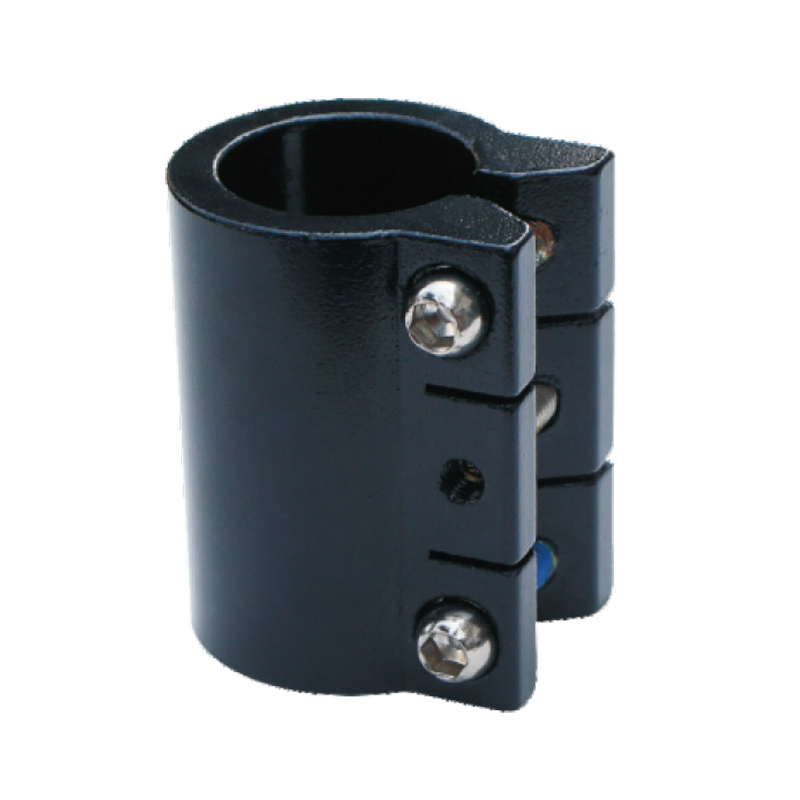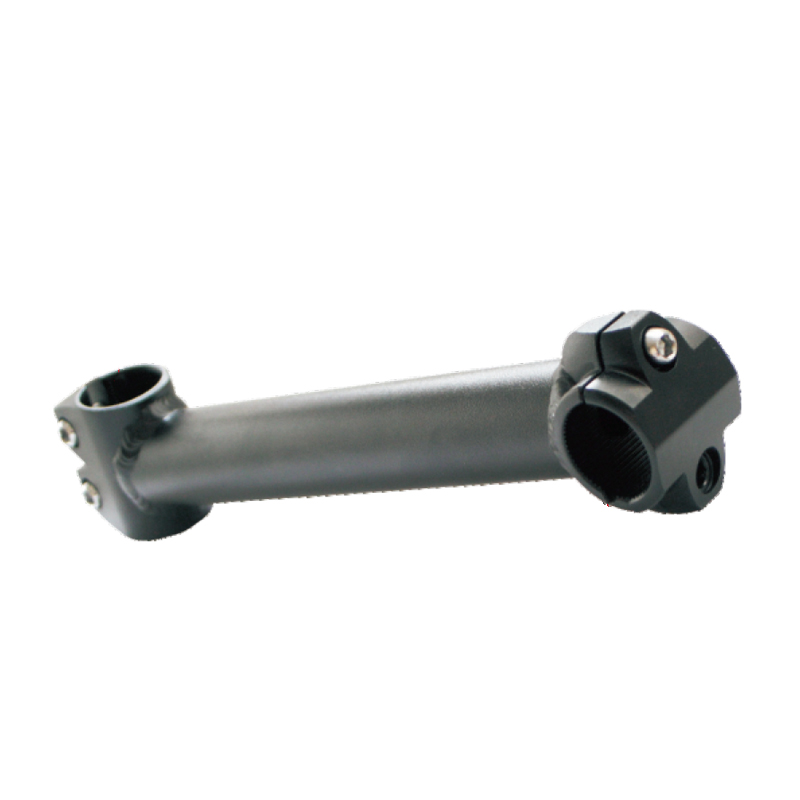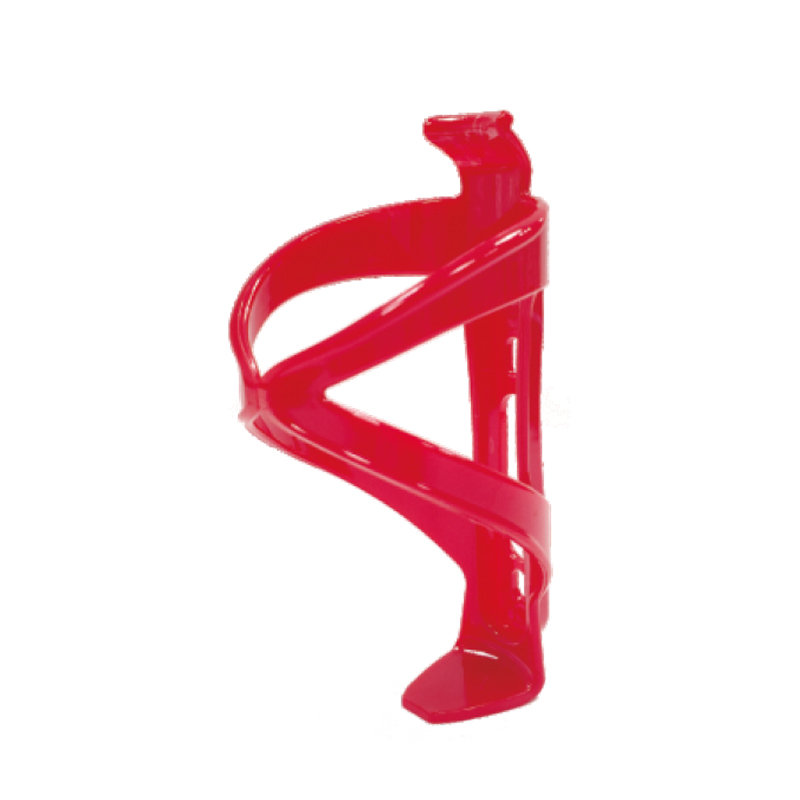When choosing bicycle foot pegs, weight is an important consideration, especially for riders who are concerned about their bike's performance. Here's how weight affects bike performance and what you should consider:
1.Overall Bike Weight:
The overall weight of a bicycle is a critical factor in its performance. Every component, including accessories like foot pegs, contributes to the bike's total weight.
Adding weight with accessories can affect how the bike feels and handles. A heavier bike may feel less responsive and require more effort to maneuver.
2.Agility and Maneuverability:
The weight of foot pegs directly impacts a rider's ability to maneuver the bike, especially in disciplines that require quick and precise movements.
Lighter foot pegs enhance agility, allowing riders to make rapid adjustments in tight spaces or while performing technical tricks.
3.Jumping and Airtime:
Disciplines like BMX and dirt jumping rely heavily on jumps and aerial maneuvers. In these scenarios, the weight of the bike, including the foot pegs, plays a crucial role.
Lighter foot pegs contribute to a favorable power-to-weight ratio, enabling the bike to achieve higher jumps and more extended airtime. This can be advantageous for executing complex tricks with control and finesse.
4.Durability vs. Weight:
There's often a trade-off between the weight of foot pegs and their durability. Lighter pegs are typically constructed from materials that prioritize weight reduction, such as aluminum, but may sacrifice some durability.
Heavier pegs, often made of steel or other robust materials, tend to be more durable but can add substantial weight to the bike.
5.Strength and Material:
The material used in foot peg construction plays a significant role in weight. Aluminum foot pegs, for instance, are known for their lightweight properties, making them suitable for riders who prioritize agility.
Riders should consider the specific material characteristics, such as strength-to-weight ratio, when choosing pegs.
6.Rider Preference:
Ultimately, the choice of foot peg weight should align with the rider's personal preferences and riding style. Riders may choose lighter setups for disciplines that require rapid, technical maneuvers.
However, some riders may prefer slightly heavier pegs for added stability and durability, especially in scenarios where repeated impacts or grinds are common.
7.Competition Rules:
In competitive BMX or other cycling events, governing bodies may impose rules or weight limits on bicycles and accessories. It's crucial for riders to check event-specific regulations to ensure compliance with weight restrictions.
The weight of bicycle foot pegs is a critical consideration for riders seeking optimal performance. Riders should carefully assess their specific riding needs, balancing the advantages of lighter pegs in terms of agility and jumping capability against potential durability trade-offs. Ultimately, the choice of foot peg weight should align with the rider's riding style and preferences.
Product model: F-15
Product category: Bicycle foot peg
Texture of material: Aluminum Alloy
Product tolerance: +/-0.1mm
Purpose: Rest your feet when sit
Processing mode: CNC machining
Surface treatment: Anodic oxidation/powder coating/painting
Material: ALLOY
Speciflcation: φ50×110mm






